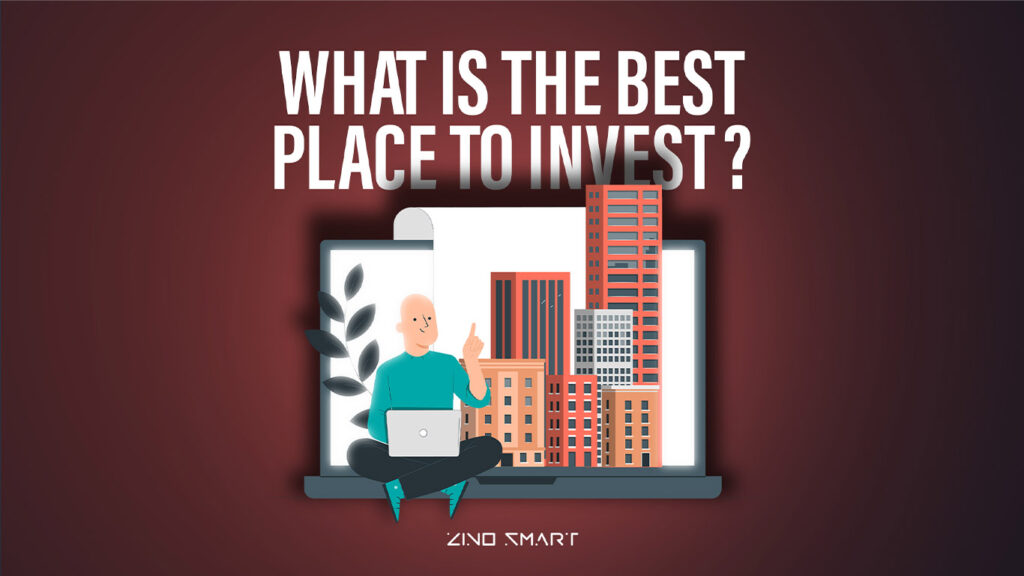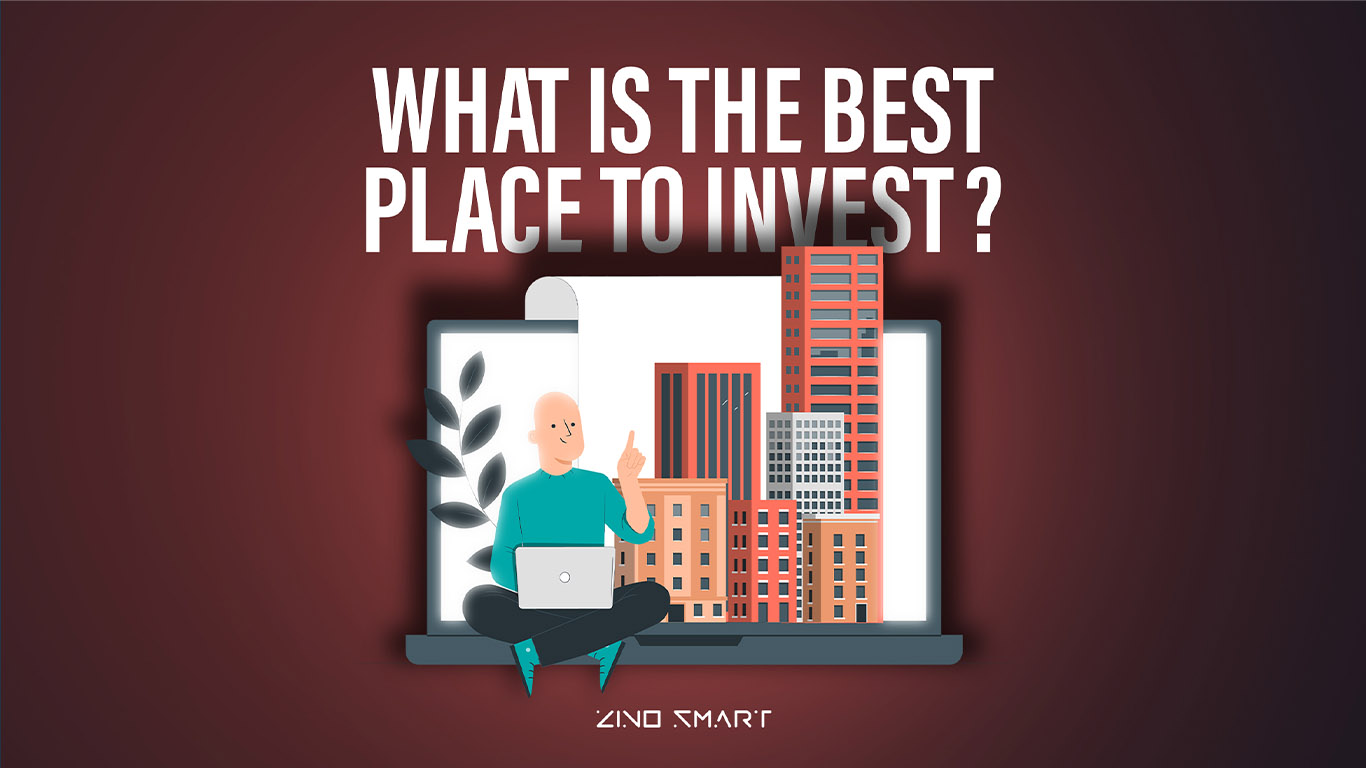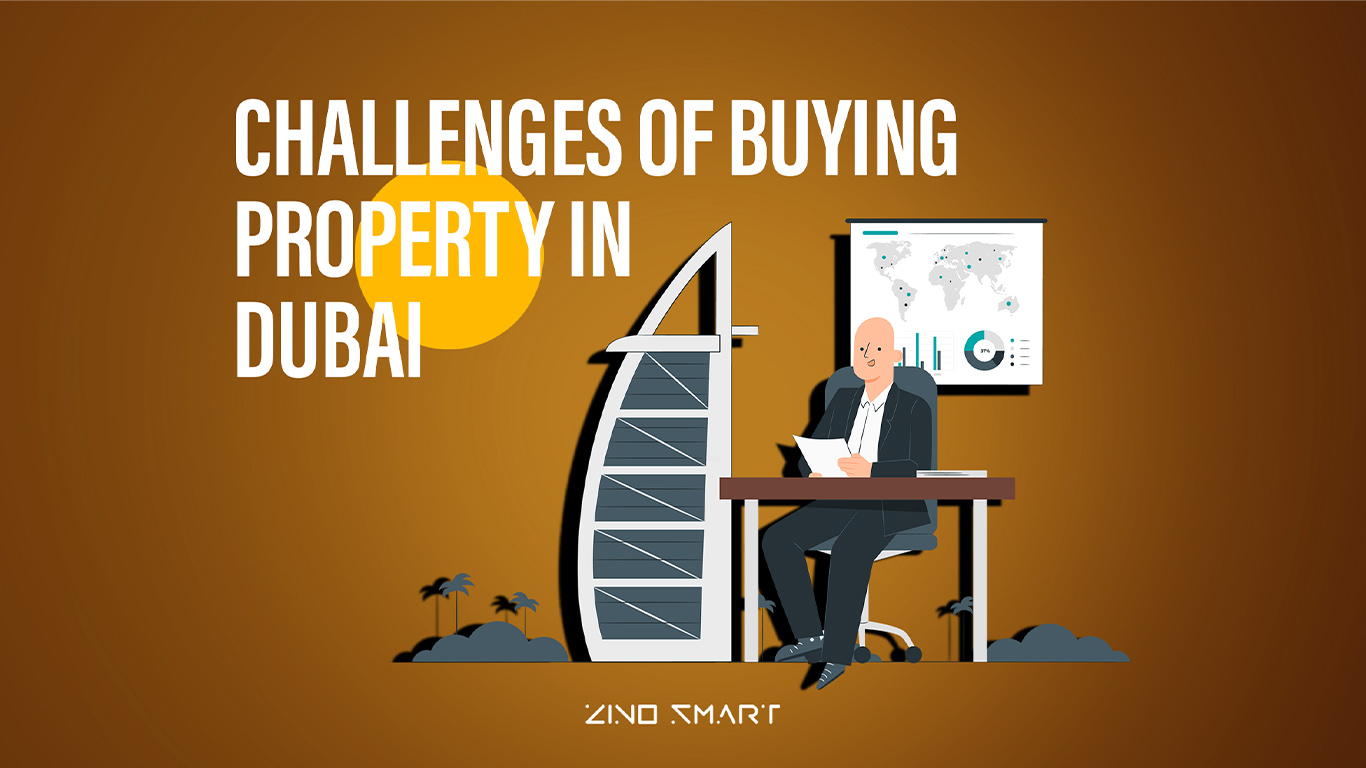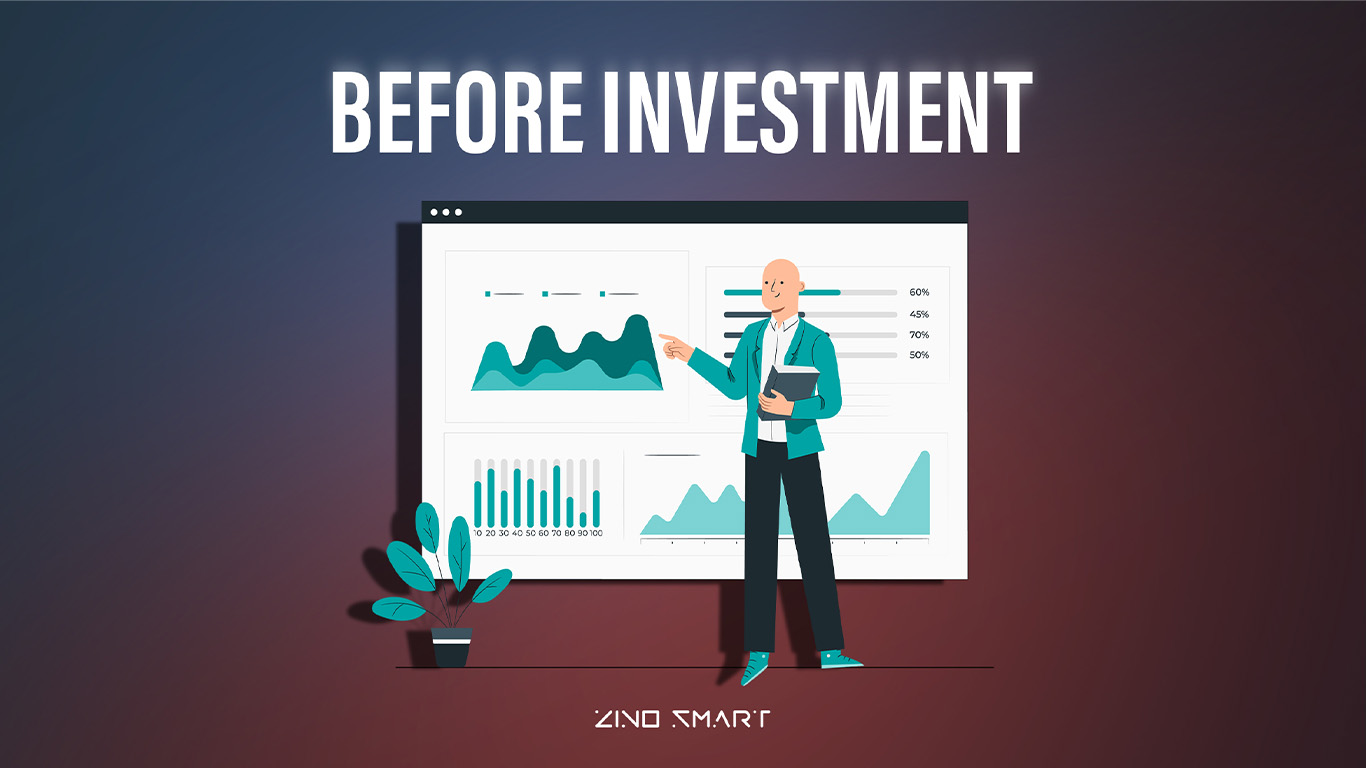best place to invest: what investment might have done well in a given year might not be so hot the following or vice versa. The investments that skyrocket one year can plunge the next. In short, there’s no one ideal investment. Sorry to disappoint you!
The key to investing success is to spread your investments over a range of assets. Meaning you should diversify your investments in various asset classes.
best place to invest
Over long periods, a diversified portfolio will typically outperform portfolios made of single-asset investments. Having said that you don’t want to diversify too much as you won’t make much money. The wealthy have gotten rich by making concentrated bets, but they could afford to take those risks.
It’s not wise to do so if you are planning for your retirement or significant milestone expenses such as kids’ education, wedding, etc. You can allocate a small amount of your portfolio to make the big bets.
The most common way of building a well-balanced, diversified portfolio is to spread your investment across three major asset classes
1. Stocks:
Stocks rise and fall in value quite rapidly and can offer good returns but also have high risks associated with them.
2. Bonds:
Government bonds usually provide low returns coupled with low risk, while corporate bonds and private debt funds offer higher yields at higher risk levels.
3. Real estate:
Relatively low-risk investment offers high returns when held long-term. Real estate also well hedges against inflation but has a high entry cost and is illiquid; meaning can’t be sold quickly.
Each of these asset classes has a place in a well-balanced, diversified portfolio, but how do you allocate your capital among the three? How do I invest in real estate and still have money to invest in stocks and bonds?
More on this later but I beg the question which one is better? Ideally, it should be an or rather an and. One should consider all three in one’s portfolio. But still, people are curious to know which one is better.
A team of economists from the University of California, the University of Bonn, and the German central bank set out to answer this very question by analyzing an enormous amount of data.
In their research paper titled “The Rate of Return on Everything, 1870-2015”, they looked at 16 advanced economies over the past 145 years. Specifically, they compared returns on equities, residential real estate, short-term treasury bills, and longer-term Treasury bonds.
best place to invest
What did they find? To many people’s surprise, they found that residential real estate outperformed everything else over the last 145 years. Residential real estate returned an average of 7.05% a year. Stocks were not too far behind with a 6.89% return a year.
One of the critical factors for real estate to do so well was the fact that half of its performance was made up of rental income and the other half from capital appreciation. This is the power of real estate;
it provides steady cash flows even in tough economic times to ensure you continue to increase your wealth while preserving your capital. If you ask the wealthy, they will tell you it’s harder to retain the wealth than to accumulate it, and many use real estate to preserve their capital.
study
The study is excellent, but I’m never a big fan of these kinds of studies as you can change the conclusion by changing the time series. For example, if you looked at the data from 1980-2015, equities have, on average, performed significantly better than real estate.
Across the 16 countries studied, investments earned an average annual return of 10.7 percent, decisively beating real estate’s stolid 6.4 percent.
Today almost 49% of the world’s wealth is tied up in real estate and residential real estate is a significant component of that. Not only because people need a roof over their heads buts a considerable investment as well given the level of risk.
This is an important concept to understand — the idea of evaluating return given the level of risk. It’s very unfair to compare the returns of two different asset classes that have a different levels of risk. It’s just as you won’t pay the price of Mercedes for the quality of say Mazda. The point is the risker the asset the more returns one should demand.

your return should be much higher than what you would earn on the government bond.
best place to invest
As the research showed that over 145 years residential real estate has provided annualized returns of 7.05% and equities 6.89%, not that far off. But when you factor in the risk associated with each of those assets you will see the winner.
What you need to do is, you need to evaluate returns per level of risk. In the finance industry, we call this Sharpe Ratio. But to keep things simple think of it as return divided by risk. A higher ratio indicates a better investment – greater return, relative to the threat.
Over the 145 years, Treasury bonds had a Sharpe ratio of around .2. Quite low. Equities weren’t much better, at .27. Sure, their returns were strong, but they were more volatile increasing the risk of the investment.
Many types of research show that in a given period if you miss X number of good days in the stock market, you would have lost a lot of money. Even in these 145 years of research, if you missed out on the days when the stock market rallied you would not have earned the returns necessarily. Therefore the risk level is elevated in stocks.
But what about residential real estate?
It averaged a Sharpe ratio of .7. In recent times people would argue that real estate would not have made you as much money as stocks. This might be true but given the return per unit of risk, real estate is still performing reasonably strongly.
Since 1950, the Sharp ratio for real estate has averaged an impressive .8. This is also the reason you want to have each one of these assets in your portfolio as they will perform differently during economic cycles protecting your investment portfolio by diversifying your risk profile.
Real Estate offers many other benefits.
It allows you to generate a secondary source of passive income that can be reinvested or used to pay for major expenses.
Real estate allows you to earn not only rental income but also allows you to participate in capital appreciation.
In real estate investing you can use the leverage that is mortgage financing to enhance your returns.
Real estate markets are not as efficient as stock markets as it’s not traded frequently on an exchange market, so you can exploit them by finding good deals and selling for good profits. You need to spend the time and do your homework to find those good deals.
And as already discussed it has low volatility meaning the real estate prices ddon’thave wild days like the stock market, so you can better manage your investment and higher returns per unit of risk.
investing in real estate
There is one other key reason you should consider investing in real estate. By doing so, you are not at the mercy of how the economy is performing.
Data shows that a country’s returns on its equities and real estate are not necessarily tied in a 1:1 relationship with its economy as measured by GDP. It is found that over time, returns on these assets tend to average growth around double the speed of the country’s economy as a whole – measured by GDP.
This helps explain why income inequality has been expanding over time. The wealthy invest in these assets heavily and perform better than the overall economy whereas the average person gets left behind because they are unable to take advantage of it.
The average person doesn’t own or invest much in shares or real estate. Even if he/she owns real estate it’s the home, he/she lives in with no rental income. The only way the average person improves his finances is through pay raises and bonuses paid by his/her employer.
He/She is reliant on earnings to improve finances. This is the reason money is unable to accumulate wealth and live pay to cheque. If the economy improves the average person’s employer will make more money and may pass on those riches through pay raises and bonuses. But if the economy performs poorly, he/she might be at risk of losing his job.
wealthy
But the wealthy or rather the savvy person invests money into assets like shares and real estate. They build a portfolio that generates passive incomes that earns them money even in their sleep.
That income is based on the investment and not necessarily all on the performance of the economy. As Warren Buffet says it best “IF you don’t find a way to make money while you sleep, you will work until you die”.
Therefore, it’s so important to invest your savings, so you can create multiple sources of income and not be dependent solely on your salary.
It’s important to diversify your investment as each of these asset classes will perform during the economic cycle. Rental properties will provide you with income right away whereas shares will take time to grow and accumulate but grow in value over time.
Build a balanced portfolio that offers you income and growth of your capital, so you can achieve financial independence and live the way you want when you want.
REIT
This is easier said than done. Sure, investing in Shares and bonds is relatively more comfortable as many platforms can help you ge
ed. However Real Estate is expensive and very difficult to invest in. Also, indirect investments such as REITs (Real estate investment trusts) or other publicly traded real estate funds don’t offer the diversification that direct real estate does.
The publicly traded funds are more correlated to the stock market, meaning they tend to perform somewhat similarly to the stock market whereas the direct real estate would manage to fulfill indecently of the stock market offering better diversification. By direct real estate, I mean buying the physical property outright.



